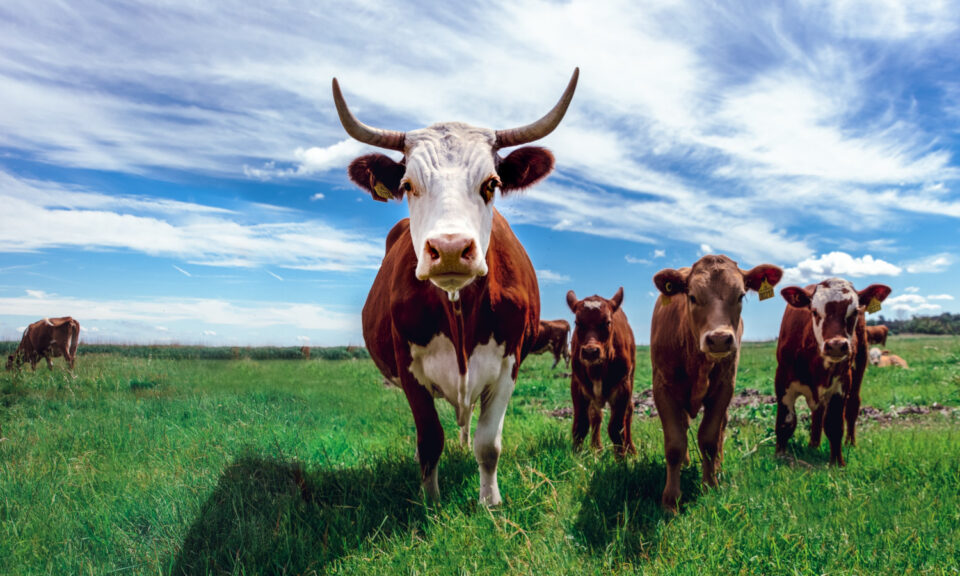Agriculture and livestock production is devolved but we should collaborate with the national government on policy formulation.
According to data collected through the Kenya Integrated Agricultural Management Information System (KIAMIS), there are 6.4 million farmers in Kenya.
Data collection and verification are ongoing, and hopefully, the number will increase. The two levels of government should collaborate to support farmers with a view to improving yield and farmers’ earnings.
This is particularly in soil fertility to enhance crop production and livestock breed improvement in dairy farming. Regarding soil fertility, it is crucial for the county and national governments to intensify soil testing. This will help determine fertility and the right type of fertiliser for different regions.
While the national government’s initiative to issue subsidised fertiliser is commendable, a challenge arises as the same fertiliser is distributed uniformly across the country, disregarding soil variations.
Using the right fertiliser will increase yield across all crops, from food crops such as maize to cash crops such as tea and coffee. Farmers will have enough for domestic use and sell the surplus. This will help stabilise staple food prices and increase farmers’ earnings improving their livelihoods.
Some counties have already started sampling soils, with a view to providing farmers with information about the right fertiliser to use depending on the soils in their area.
In Nyamira County, we are initiating soil testing programmes across all sub-counties. The results from the testing will be shared with the national government through KIAMIS. We hope this information will be used to determine the type of fertiliser to be distributed to farmers in our county. On breed improvement, we should embrace and expand Artificial Insemination (AI) to enhance the productivity of indigenous breeds, which often yield minimal milk quantities due to inbreeding.
Over the years, the quality of dairy cows, especially in rural households, has decreased due to inbreeding. The national government should support and collaborate with counties on livestock breed improvement.
In Nyamira, for example, we have a cattle population of 123,951, of which 30 per cent (36,018) are exotic dairy cattle breeds, and 70 per cent (87,933) are indigenous breeds.
The indigenous cows produce 2–3 litres a day, which is 22,431,107 million litres yearly. This is way below the potential milk production estimated at 240,000,000 million litres.
This is why we have deployed deliberate efforts to boost AI services and encourage castration of inferior bulls. We aim to improve the quality of livestock in the next three years and this is backed by county laws. We have the Nyamira County Livestock Act 2023 and Livestock Breeding Regulations (2024) to guide the improvement of dairy cow productivity. The two legislations are intended to have all breeding bulls registered.
Similar initiatives are underway in other counties, and national government intervention can accelerate progress. This collaborative effort not only promises to enhance farmers’ earnings but also plays a pivotal role in bolstering food security through increased food



